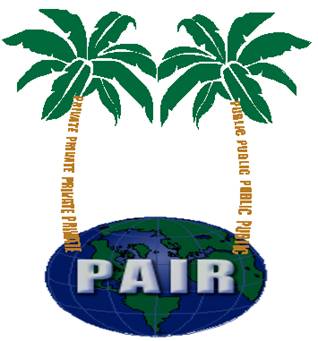GI - Geographical Indications
Group Art Unit
A working unit responsible for a cluster of related
patent art. Staffed by one supervisory patent examiner (SPE) and a number of
patent examiners who determine patentability on applications for a patent. Group
Art Units are identified by a four digit number, i.e., 1642.
GATT: The General Agreement on Tariffs and Trade signed
by President Clinton on December 8, 1994. One resulting change is that a
U.S. patent, if granted on an application filed on or after June 8, 1995,
will have a term measured by 20 years from the filing date rather than the
prior standard of 17 years from the date the patent was granted. Patents in
force on June 8, 1995, and applications filed before that date will have a term
that is the longer of these two terms. GATT also provided for provisional
applications.
Gist of the Invention: This may also be referred to as the
"heart of the invention." It refers to what are the novel and unique
features of the claimed invention.
Gift(s)
A voluntary and irrevocable transfer of money, services
or property (for example, equipment, Intellectual Property, personnel time and
skill, etc.) from a donor without any expectation of or receipt of direct
economic or other benefit or provisions of goods or services from the recipient.
Grant
A temporary right given by the authorized body for a
limited time period (normally 20 years) to prevent unauthorized use of the
technology outlined in the patent. A patent application does not automatically give
the applicant a temporary right against infringement. A patent has to be
granted for it to be effective and enforceable against infringement.
Grant date
The date when the patent office issues a patent to the
applicant. On average it takes three years for a patent to be granted at the
USPTO and five years at the EPO.
GERD
Gross domestic expenditure on research and development.
Gebraughsmuster: A German utility patent.
General Agreement on Tariffs and Trade (GATT): The General Agreement on
Tariffs and Trade signed by President Clinton on December 8, 1994. The GATT was
created to comply with the TRIPS (Trade Related Aspects of Intellectual
Property Rights) provisions agreed to by other industrialized nations. One
resulting change is that a U.S. patent, if granted on an application filed on
or after June 8, 1995, will have a term measured by 20 years from the filing
date rather than the prior standard of 17 years from the date the patent was
granted. Patents in force on June 8, 1995, and applications filed before that
date will have a term that is the longer of these two terms. A secondary effect
of the GATT was to create an allowance for the proof of date of an invention filed
in a WIPO country for events after January 1, 1996. The GATT also provided for
provisional patent applications. MPEP 2138.02
Geschmackmuster: A
German design patent. MPEP 201.14(b)
Gist of the Invention: This
may also be referred to as the "heart of the invention." It refers to
what are the novel and unique features of the claimed invention.
Grace Period: A
period of time before the filing date of an application, during which certain
types of publication do not invalidate the application.
Grant: The
issuance of a patent by the patent office, which creates a temporary right to
exclude others from using the technology defined in the claims of a patent for
a specified period of time. MPEP 2501
..



















 Posted in:
Posted in: 





















